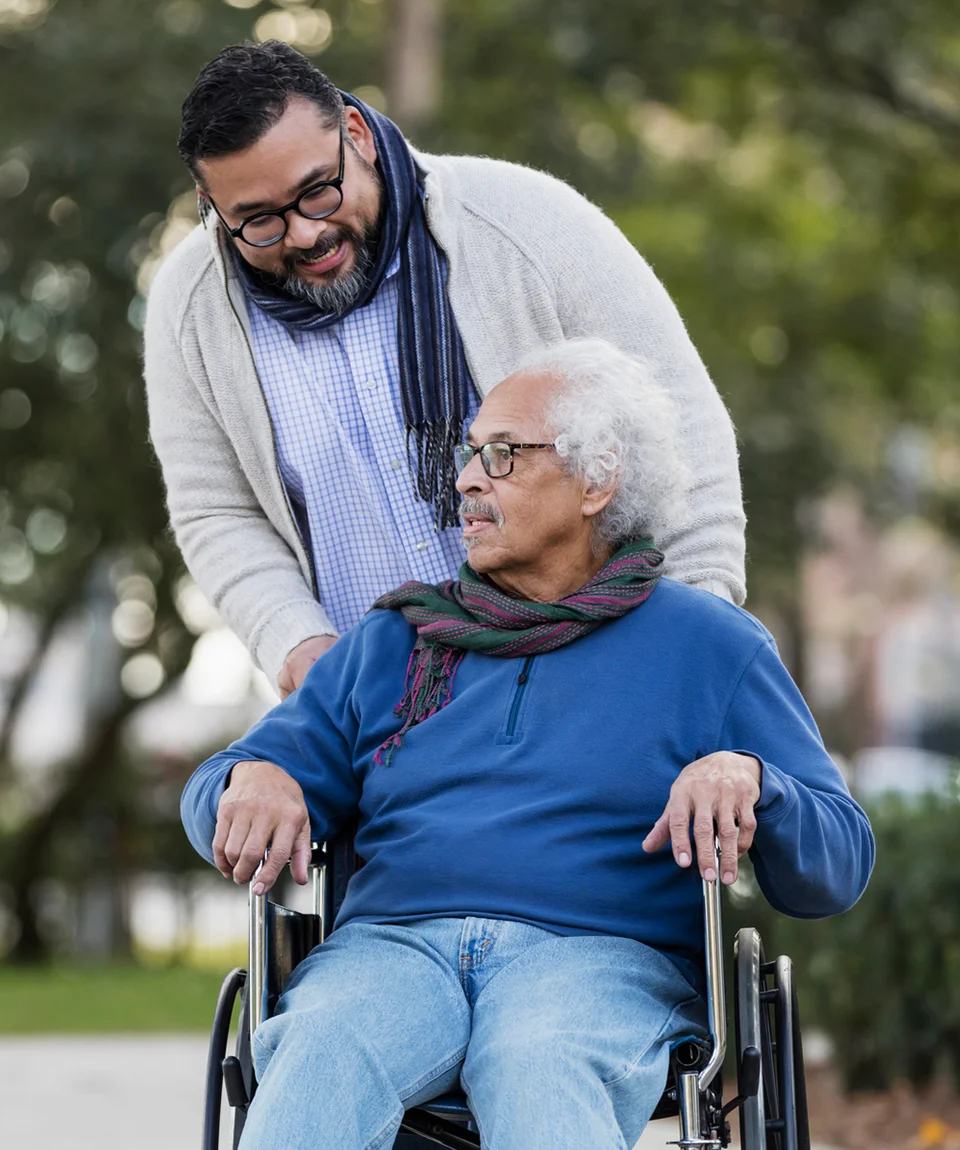What is cardioversion therapy?
Cardioversion is the process of restoring the heart’s normal rhythm from an abnormal rhythm. It is also referred to as the application of direct-current or DC current for cardioversion. Cardioversion is similar to defibrillation, but uses much lower levels of electricity.
Why is it done?
Most elective cardioversions are performed to treat atrial fibrillation, a rhythm disturbance of the upper chambers (atria) of the heart. Atrial fibrillation usually is not life-threatening, but can result in less efficient blood pumping and irregular or fast heartbeat. It can be treated with antiarrhythmic medications or with electrical intervention. In this section, we will discuss electrical cardioversion.


What is done?
- Cardioversion is performed by placing two external paddles on the patient’s chest or with one on the chest and one on the back.
- A selected amount of energy jolts or electrical pulses is then sent from the paddles through the body to the heart.
- The energy jolts the heart out of atrial fibrillation and back into normal rhythm.
What can you expect?
Electrical cardioversion is performed in a hospital setting, such as an intensive care unit, recovery room, emergency room or a special procedure room. Usually, it is an elective procedure and scheduled ahead of time.
A week or so before your procedure, you will probably be asked to visit your hospital.
- Blood tests, urine tests, an electrocardiogram, and other tests may be performed.
- A transesophageal echocardiography (TEE) procedure may be advised to look for existing clots in the atria.
- If you have atrial fibrillation, most patients need to be on blood thinners and be well anticoagulated for several weeks prior to the cardioversion.
Your doctor will explain the risks and benefits of the procedure and you will be asked to sign a consent form.
- You should have nothing to eat or drink for at least eight hours before the procedure.
- Unless your doctor has told you otherwise, take your regularly scheduled medications the morning of the procedure but with as little water as necessary.
- Do not apply any lotions or ointments to your chest or back, as they might interfere with the adhesiveness of the shocking pads.
Before the procedure starts, inform your doctor if you:
- have ever had a reaction to any contrast dye, iodine, or any serious allergic reaction, for example, from a bee sting or from eating shellfish
- have asthma
- are allergic to any medication
- have any bleeding problems or are taking blood-thinning medication
- have a history of kidney problems or diabetes
- have body piercings on your chest and/or abdomen
- have had any recent changes in your health
- are, or may be, pregnant.
Because the shock may be uncomfortable, sedation is administered intravenously by an anesthesiologist or specially trained nurse. Once you are sedated:
- The pads will be positioned and the shock administered.
- Additional shocks at higher energy levels can be delivered if the first shock does not restore the rhythm back to normal.
- Minor skin irritation can occur at the site of the cardioversion pads.
- Patients generally wake quickly and without any memory of the shocks.
Cardioversion is usually performed as an outpatient procedure, so you will most likely go home the same day. Since you require sedation for the procedure, it is important to arrange a ride home. For the remainder of the day, you should not operate a car or heavy machinery or make any important decisions.
